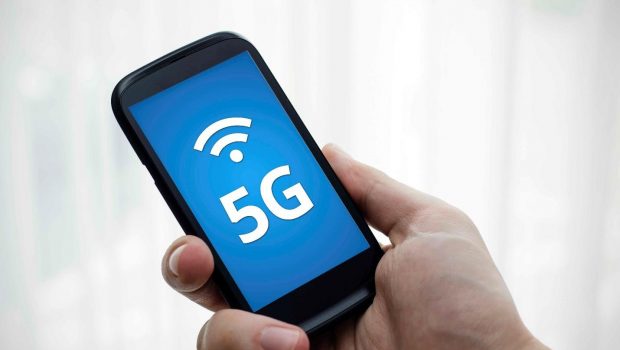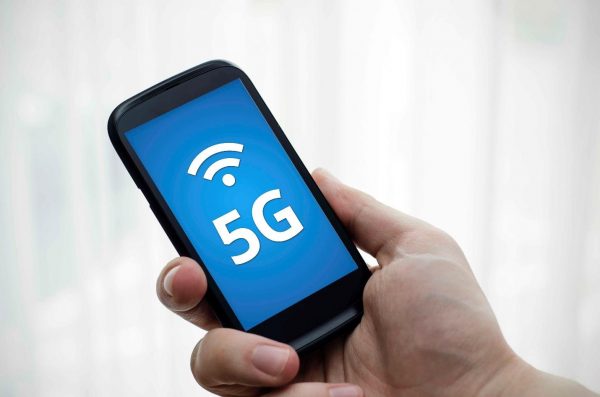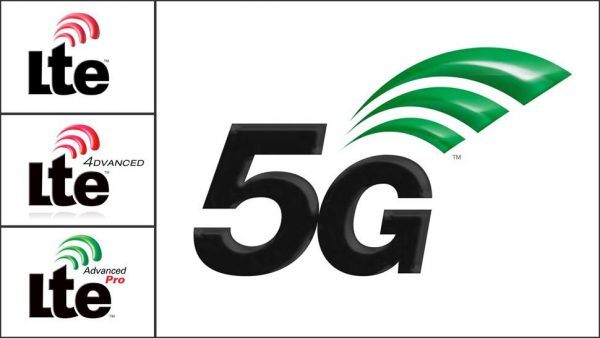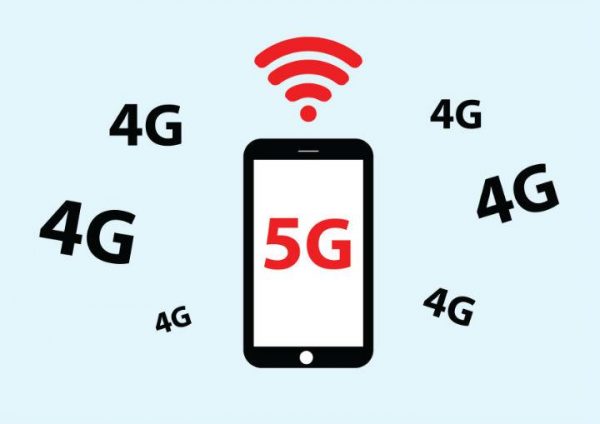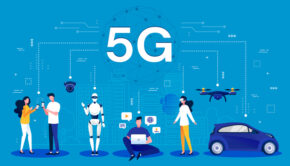What is 5G – Everything You Need to Know
With lightning-fast Internet on everyone’s mind 5G connectivity will be here sooner than you think. While FCC has already authorized LTE-U devices on 5GHz used only by Wi-Fi and Bluetooth devices, T-Mobile may acquire authorization by the end of 2017. The other telecom giant Verizon has also hinted at 5G services being available in 11 cities by the middle of 2017. And while 5G won’t be available to the general public until 2020, an increasing number of telecom companies are investing in the new mobile wireless standard. What 5G means simply is fifth generation and refers to the next and newest mobile wireless standard based on the IEEE 802.11ac standard of broadband technology. All in all, 5G will be the new wireless technology. While all eyes are on big telecom companies like AT&T, Verizon and T-Mobile, let’s explore what is 5G, how it works and what impact it might have on future wireless systems.
Source (https://www-static-blogs.operacdn.com)
5G is Here!
5G simply means fifth generation and refers to the next and newest mobile wireless standard based on the IEEE 802.11ac standard of broadband technology. Gone are the days of 4G, 5G is the future and it’s here. Get ready for phones with 5G or LTE-U capability. That will allow users to download in mere seconds instead of minutes. Not only will you get faster speeds, 5G’s lower latency means multiplayer online gaming will become quicker, and dropped calls or lagging in dense population areas will be a thing of the past because of its better performance. This is good news for residents in rural areas of America as most of them are still on sluggish dial-up, spotty satellite or inconsistent 4G wireless coverage.
The Race is On
The 5G race is on with some operators trying to push the standards process forward very purposefully. Leading the way, Verizon has formed a 5G Tech Forum along with other vendors like Cisco, Ericsson, Nokia and Apple in the United States. The aim is to work on early 5G specifications and then contribute those to the 3GPP. While Verizon released its specifications to vendors in July 2016, AT&T is taking a different tack. Instead of making its own specifications public, it wants to speed up commercialization of 5G once 3GPP releases its first official specs, expected in mid-2018.
LTE Integration
Source (http://cdn.telecomtv.com)
While 5G will, in all probability, be designed upon the existing LTE networks, most of its features will be available as part of the LTE-Advanced Pro standard. For instance, one of those features is carrier aggregation, which facilities operators to use the existing range to further network capacity. Not only that, it’ll also be great for wireless operators as they will be able to increase user throughput rates. Self-organizing networks (SON) will likely also be a key factor in the radio access portion. Coordinated multipoint allowing operators to have multiple sites transmitting signals all at once and processing signals, will also likely be a key technology.
SDN and NFV – Key Functionalities
Operators must be aware that Software-defined Networking (SDN) and Network Functions Virtualization (NFV) will be key functionalities to enable migration from 4G to 5G and scale their networks quickly and accordingly. SDN, with their virtual “sub-networks”, will be used for bigger bandwidth applications such as videos with throughput speeds of 10 Gb/s as well as lower applications such as smart watches, which are less demanding on the networks.
5G Architecture and Deployment
What is unclear at this point in time is how the 5G architecture will be deployed upon the network it will be used on. With video traffic expected to grow immensely in the near future means that the requirement for higher speeds for applications such as streaming videos, video conferencing, and virtual reality will become more than necessary to achieve such performance. A lot of small cell coverage and higher bandwidth spectrum will become the need of the day for networks.
Many feel that 5G will be the network for Internet of Things (IoT). As the requirement to connect and support a large number of devices becomes the norm more and more, 5G networks will have to be extremely efficient in their low-bandwidth transmissions at the same time providing enhanced coverage.
Advantages and Disadvantages
Source https://www.rcrwireless.com
5G will be significantly faster than 4G allowing a theoretical download speed of 10,000 Mbps. That means faster download speeds with the ability to run more complex mobile internet apps. The problem is 5G will cost more to implement and while the newest mobile phones will come with the integration, other sets will become obsolete. Also, 5G could risk overcrowding the network frequency. Current 4G mobile standards provide 100s of Mbps. But 5G will take that into multi-gigabits per second, with new “Gigabit Smartphone” coming into the market. Not only that, there’ll be a slew of innovative services and applications, which will need the type of connectivity only 5G can offer. And there are some who feel that 5G development is more like a marketing tactic than the future of mobile Wi-Fi Internet. Wi-Fi Internet of tomorrow will be very expensive to develop as 5G technology will support more than just phones like wireless homes and driverless cars and the IoT. As with 4G, 5G will also run on base stations and cell sites. Those base stations will have to support loads created by all connected devices in homes, offices and elsewhere. And there will have to be enough base stations for home internet solutions like Google Fiber and Verizon FIOS.
What is the Future of 5G?
As 5G is still in the developmental stage, it is not open for use by anyone. Having said that a lot of companies have started creating 5G products and field testing them. Notable among these are Nokia, Qualcomm, Samsung, Ericsson and BT. And an increasing number of companies are forming 5G partnerships pledging money for research into 5G and its application. Qualcomm is developing a 5G modem and Samsung is producing a 5G enabled home router. Both Nokia and Ericcson have also created 5G platforms with Ericsson creating the first 5G radio system earlier this year. Even Nokia launched “5G First” earlier this year to provide end-to-end 5G support for mobile carriers.
Who Will Quailfy for 5G
According to the Groupe Speciale Mobile Association (GSMA) a 5G a connection should meet these eight criteria:
- One to 10Gbps connections to end points in the field
- One millisecond end-to-end round trip delay
- 1000x bandwidth per unit area
- 10 to 100x number of connected devices
- (Perception of) 99.999 percent availability
- (Perception of) 100 percent coverage
- 90 percent reduction in network energy usage
- Up to ten-year battery life for low power, machine-type devices
Previous generations like 3G received a signal from a cellular tower and was used for phone calls, messaging and data. Albeit, 4G also works the same way as 3G but with a faster internet connection and a lower latency. Lower latency means the time between cause and effect.
Author’s Bio:
Curtis Jones is a Content Writer and Marketer for the last seven years. I cover phone and internet services, also good and bad of tech. write by day and a reader by night, I also swim and cycle a lot. Hit me up with an email if you want my services or want to inquire about anything. Visit my website to get information about Internet and phone bundles like Century Link Promotions or for reading different tech tutorials.

